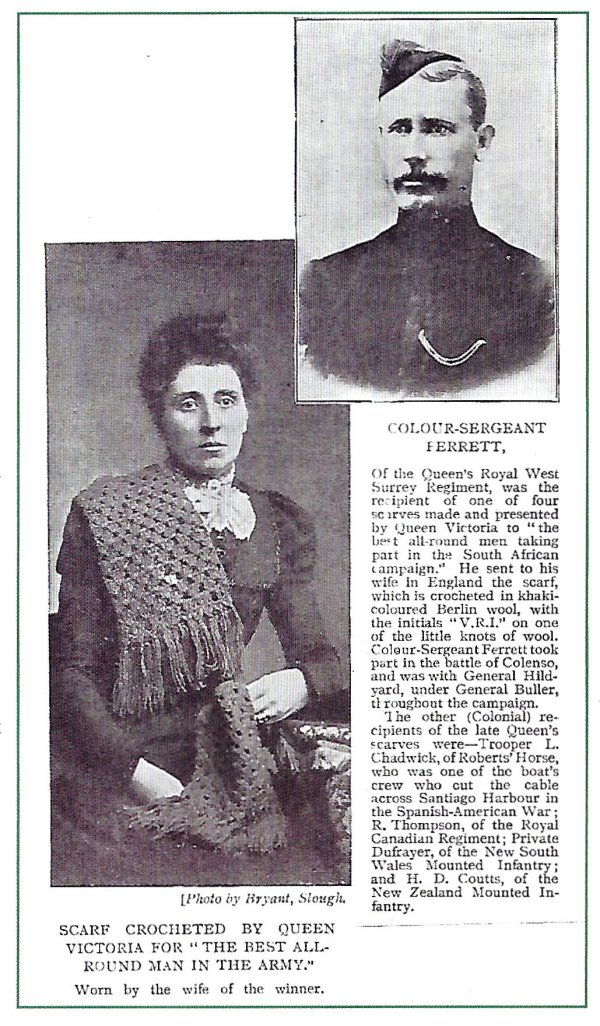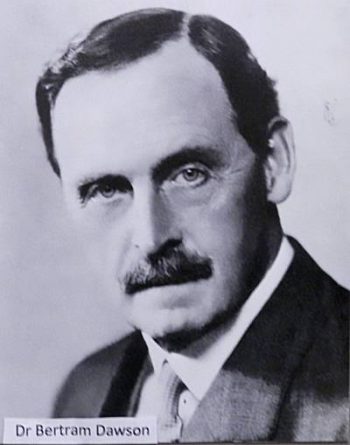An advertisement placed by Swiss banks has launched the most fascinating mystery Penn and Tylers Green has ever encountered.
It is a global mysterious tale with ingredients straight out of an Indiana Jones movie. They involve our own Royal Family, Nazi persecution, an ancient Indian curse and the world’s most fabulous diamond.
And it is a tale that comes to a sudden stop in Hammersley Lane.
The mystery was reopened in August when Swiss banks advertised around the world the names of accounts that have been untouched since the Second World War. Their move came after pressure from Jewish organisations who felt that millions of pounds had been placed in Swiss vaults by Jewish families trying to protect their valuables from Nazi plundering, and that today’s relatives of those Jewish families were entitled to claim their inheritance.
One name mentioned in the advert was that of Princess Catherine Dulep Singh, last heard of in Penn, Bucks.
It did not take researchers long to discover a misprint and that in fact the lady in question was Princess Catherine Duleep Singh, who died aged 74, in Colehatch House, Hammersley Lane in 1946. The house is now known as Hilden Hall.
But the story really starts with Catherine’s grandfather Ranjit Singh, the maharajah or king of the Sikhs, known as the Lion of the Punjab. Ranjit, it is said, dug up a cache of gold buried by one of the Sikh nation’s Gurus, and in doing so unleashed a “curse” that would blight the family’s issue. It transpired that all eight of Ranjit’s grandchildren were to die childless.
In 1839 Ranjit died and his son, Prince Duleep Singh, aged just one year old, succeeded him as maharajah. But he was to prove to be the very last Emperor King of the Sikhs. By the time he was eight he was made a ward of the British government, which at the time was busy expanding its colonial empire. He signed a treaty surrendering his kingdom and certain valuables, including the infamous Koh-i-Noor diamond, the world’s biggest single diamond, which today is the centre-piece of the Queen Mother’s Crown.
The Prince came to England where he became a great favourite of Queen Victoria. He bought a 17,000 acre estate in Norfolk and became a country gentleman known as The Black Prince. Later in life however he tried to regain his kingdom and his diamond, claiming he had been tricked by the British and there were papers to prove it.
Meanwhile, Catherine, one of his eight children, was born in 1871 in Norfolk. She and her two sisters were brought up by a German governess of whom very little is known. Later she completed her education at Somerville College, Oxford. Catherine never married and little is known of how she spent most of her life.
But she was a regular visitor to Germany between the wars and was known to have German, possibly German-Jewish, friends. In the 1930s Catherine and her two sisters, Sophia and Bamba, bought the six bedroomed house in Hammersley Lane, then known as Colehatch House. They lived quietly, employed three servants, and became known in the village as the ladies seen chauffeur-driven around in a cream, open-topped Buick.
Bucks Free Press reporter Geoff Perfitt, who lives in the village, has tracked down one of the servants, Bob Hore, who worked as a gardener for the princesses from the age of 14. Mr Hore told Geoff that when the war started a German Jewish doctor, his wife and their two teenage children arrived to stay with Catherine. But the arrival of Germans in the village just as the war started caused unrest.
Mr Hore told the Free Press: “Word spread until there were almost vigilantes against them. It was a close village life and they were ordered to go. They were interned on the Isle of Man with others. I wonder what happened to them.”
Jacqui Green, the daughter of the chauffeur and ladies maid, spent part of her childhood in the house. She told the Bucks Free Press: “The house was beautiful. The library and music room had wall-to-wall books. I had a nursery and a nanny. A lot of girls went into service there. I think there was a very famous professor there at one time. I think he was involved in something top secret and he helped the princesses to get German Jews out of Germany during the war.”
Catherine was the first sister to die in 1946, leaving a modest estate to her sister Sophia. When Sophia died in 1948 she left modest sums to Battersea Dogs Home and a Sikh girls school. The residue went to her only remaining sister Bamba, who died in Lahore, Pakistan in 1957 leaving her entire estate, worth just £2,766, to her lawyer. At no stage had there been any mention of a secret Swiss bank account.
So just what does lie in a Swiss vault untouched for over 50 years and in the name of former Hammersley Lane resident Catherine Duleep Singh?
According to the Maharajah Duleep Singh Project, based in Birmingham, there could be jewels and state papers secretly passed to Catherine – papers that can “prove” the British obtained the Koh-i-Noor diamond and other jewels by “trickery”.
According to Michael Alexander, the maharajah’s biographer, it could contain the missing Crown Jewels of Lahore – “the ones the British never got their hands on”.
According to ex-gardener Mr Hore it could be the money of the rich German Jewish family that stayed with the Princess, using her name to open an account as extra future security.
Or is it the gold dug up by Catherine’s grandfather that was originally buried 300 years ago by the Sikh nation’s 10th Guru, Govind Singh – together with dreaded curse?
If you can fill any missing pieces of this absorbing jigsaw, please let us know. If nothing materialises the vaults contents could be sold and the proceeds given to humanitarian causes. But that could be many, many years hence.
by Peter Brown, VV63, October/November, 1997.
The end of the story … 2001
The account was found to contain only money, 137,323 Swiss Francs. There were a number of claimants, but the money was eventually awarded to the descendants of the beneficiaries of Catherine’s sister Bamba, the last of the three sisters to die. Sophia had been the main beneficiary of Catherine’s will, and Bamba was the beneficiary of Sophia’s will.
More information here:
Wikipedia: Catherine Hilda Duleep Singh
India Today Magazine 17/12/2001


